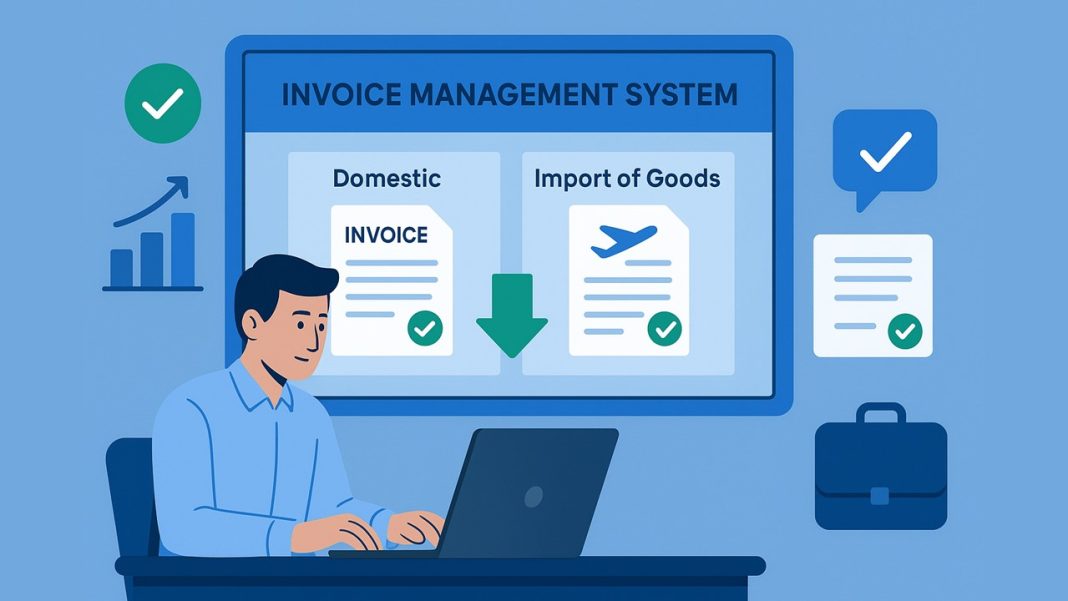GSTN Introduces Import of Goods Functionality in Invoice Management System
The government introduced the Invoice Management System (IMS) on the GST portal for the October 2024 tax period. IMS is one of the major GST technology reforms.
This will allow taxpayers to efficiently view, track, and take action on the invoices uploaded by their suppliers through GSTR-1/1A/IFF, ensuring improved transparency and better reconciliation of Input Tax Credit (ITC).
The Goods and Services Tax Network (GSTN) has now extended the IMS functionality to include “Import of Goods” details, which will give taxpayers a detailed view of both domestic and import-related transactions within the same system. A new section called “Import of Goods” has been launched in the IMS Dashboard on the GST portal.
This new feature incorporates data from Bills of Entry (BoE). BoE is the document filed by the importer with customs authorities when goods are imported into India directly into the IMS for review and verification.
Highlights of the New Functionality
The government has made it easier for taxpayers to manage import-related GST details. Now, the system will automatically pull import data called Bill of Entry (BoE) from the ICEGATE Customs system. This applies to goods imported from outside India as well as from Special Economic Zones (SEZs).
Taxpayers can view this data in the Import Management System (IMS) and choose to accept, reject, or keep pending each BoE record, just like they do for supplier invoices. These actions help ensure that the Input Tax Credit (ITC) on imported goods (IGST paid) is shown correctly and matches with records.If a taxpayer doesn’t take any action before the GSTR-2B is generated, the system will automatically mark those records as “deemed accepted.” This way, the data continues to flow even if someone forgets to review it.
Lastly, based on all these actions, the system will automatically generate the GSTR-2B report on the 14th of every month. This report now includes both domestic invoices and import transactions in one place which makes the process smoother and simpler to manage.
Advantages of Launching Import Data in IMS
Following are some advantages of launching import data in IMS:
- Adding import data to the IMS is a big help for businesses that buy both local and imported goods.
- One platform to see both local purchase invoices and import bills of entry.
- Helps match data between Customs and GST automatically.
- Shows correct Input Tax Credit (ITC) for IGST paid on imports.
- Cuts down on manual checking and mistakes.
- Makes compliance easier and improves transparency in import transactions.
Note: The new functionality is effective from the October 2025 tax period.



